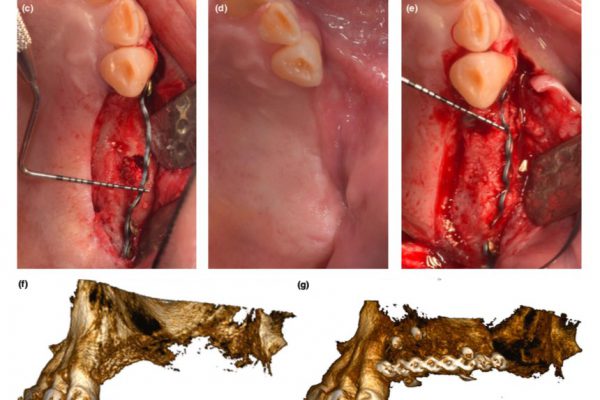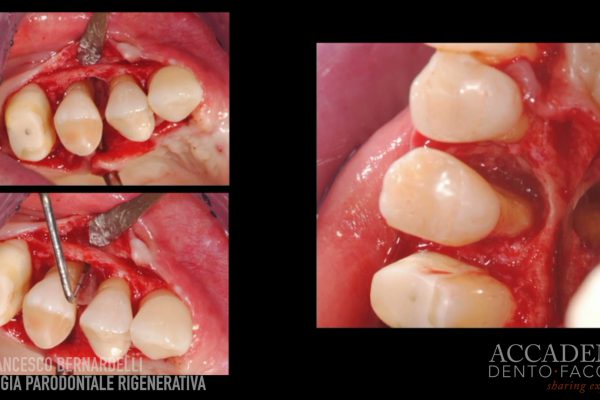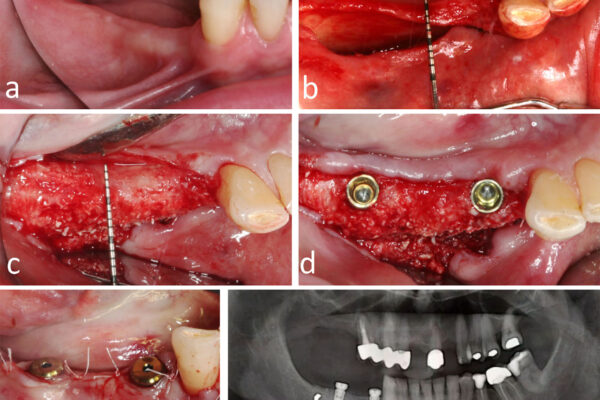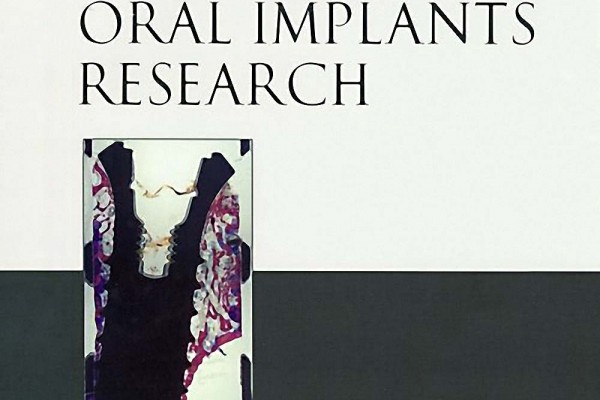Masticatory Function in Stage IV Periodontitis Patients Treated with Fixed Prosthetic Rehabilitations: A Case Series
Mauro Merli, Luca Aquilanti, Umberto Pagliaro, Giorgia Mariotti, Marco Merli, Michele Nieri, Giorgio Rappelli
Abstract
The present study assessed the impact of a fixed prosthetic rehabilitation on masticatory function in patients diagnosed with stage IV periodontitis. Eligible participants were adults in need of complex rehabilitation due to masticatory dysfunction. Masticatory function was evaluated using the two‐ colored chewing gum mixing ability test (VOH) at the diagnostic phase (T0), 1 week after delivery of the prosthetic prototype (T1), and 1 week after delivery of the final prosthetic solution (T2). Ten sub- jects were treated with a fixed prosthesis following periodontal and implant surgery using an indi- vidualized, fully digital workflow. Full-mouth plaque and bleeding scores, pocket depth, and clinical attachment level improved significantly. VOH was 0.472 ± 0.168 at T0, 0.358 ± 0.166 at T1, and 0.250 ± 0.123 at T2. A significant improvement in VOH was observed from T0 to T1 (difference: –0.114; 95% CI: –0.199 to –0.029; P = .014) and from T1 to T2 (difference: –0.108; 95% CI: –0.200 to –0.015; P = .027). From T0 to T2, VOH increased by 44.3%. Self-perceived assessment of masticatory func- tion also improved from T0 to T2 (P = .002). The fixed prosthetic rehabilitation in patients with stage IV periodontitis allowed for a significant improvement in objective and subjective measurements of masticatory function.
Int J Periodontics Restorative Dent 2024;44:103–113





